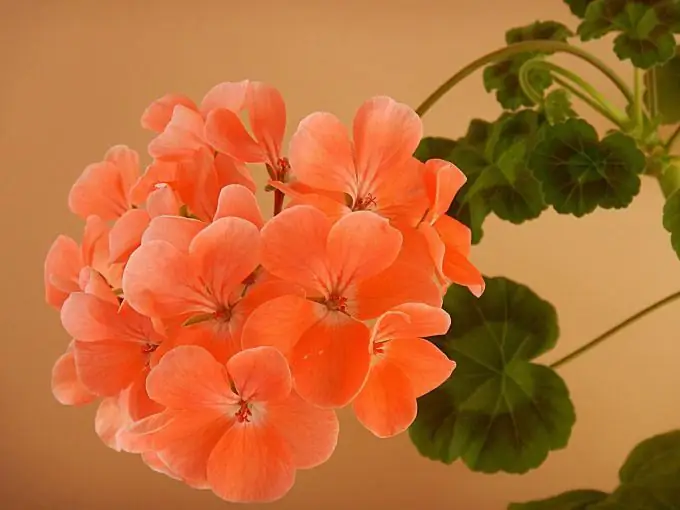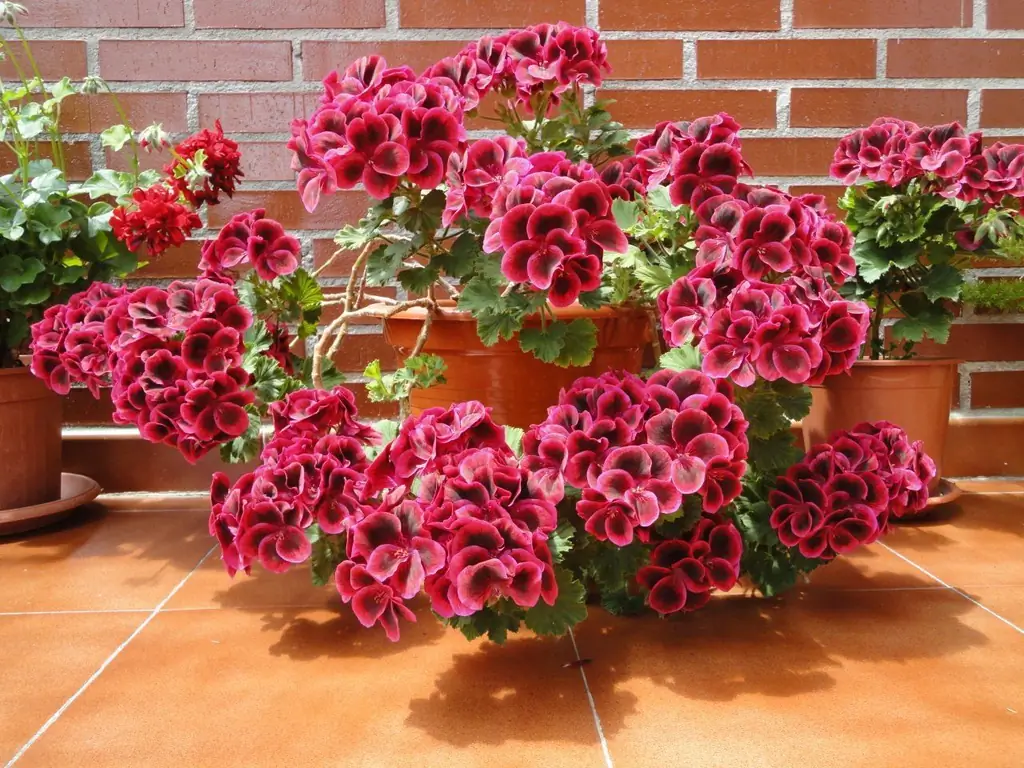Geranium, like all living things, can get sick. You take care, water, but it happens that the leaves of the flower begin to turn yellow. What are the reasons for this phenomenon?

Geranium, or pelargonium, is one of the most common indoor plants that can often be found on the grower's windowsill. The flower is very unpretentious and, with proper care, can delight with its flowering all year round. Most often, flower growers breed one of two types of geraniums: fragrant geranium - almost does not bloom, but has a strong smell, royal - blooms with large flowers, the smell is weak.
It is believed that geranium in the house carries only positive energy and is able to help in maintaining family and financial well-being. But sometimes, under unfavorable conditions, the flower gets sick. Yellowing of the leaves is common.
Reasons and how to deal with it
- Pot. Try to transplant the geraniums into a larger pot as the plant grows. At the slightest distortion of the flower and an increase in the number of roots, change the pot to a suitable one.
- Temperature. Pelargonium is very capricious to the temperature regime. She does not like extreme heat and drafts. The optimum temperature is 10-14 C.
- Drainage. Excessive moisture can lead to yellowing of the leaves. Therefore, take care of the drainage when transplanting. This will keep the water from stagnating in the pot and keep only the top layer moist. Don't spray the plant!
- Fertilizers. Potassium-phosphorus is considered the best for geraniums. On the other hand, nitrogenous fertilizers lead to yellowing of the tips of the leaves. In winter, it is better to completely abandon feeding.
- Watering. Rare watering can cause yellowing of the leaves The flower loves moist soil. Maintain soil moisture to prevent plant problems.

How to avoid yellowing of the leaves?
Proper care is needed to prevent geranium leaf disease. The flower loves light, and even direct sunlight is not afraid of it, it is worth shading only on hot days. Fertilize no more than once a week using liquid fertilizers. It is worth getting rid of a diseased geranium (blackened leg), as the disease can spread to other plants. Treat the flower on which the pests were found as soon as possible with special agents. Transplanting is best done in the spring. By properly caring for a beautiful geranium, you will receive gratitude in the form of lush blooms and bright green leaves. Qualified care will help preserve the beauty and health of geraniums!






